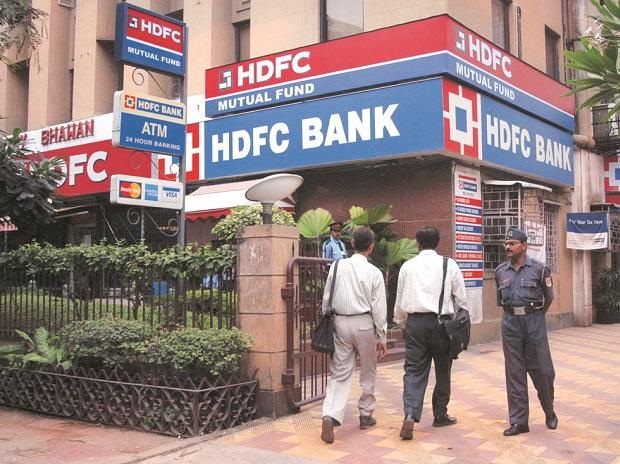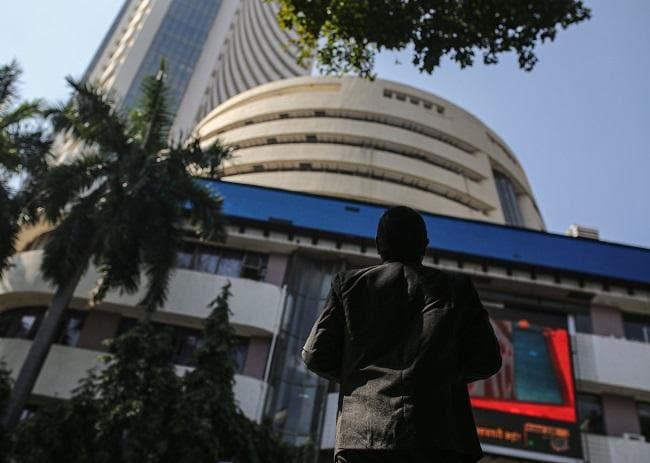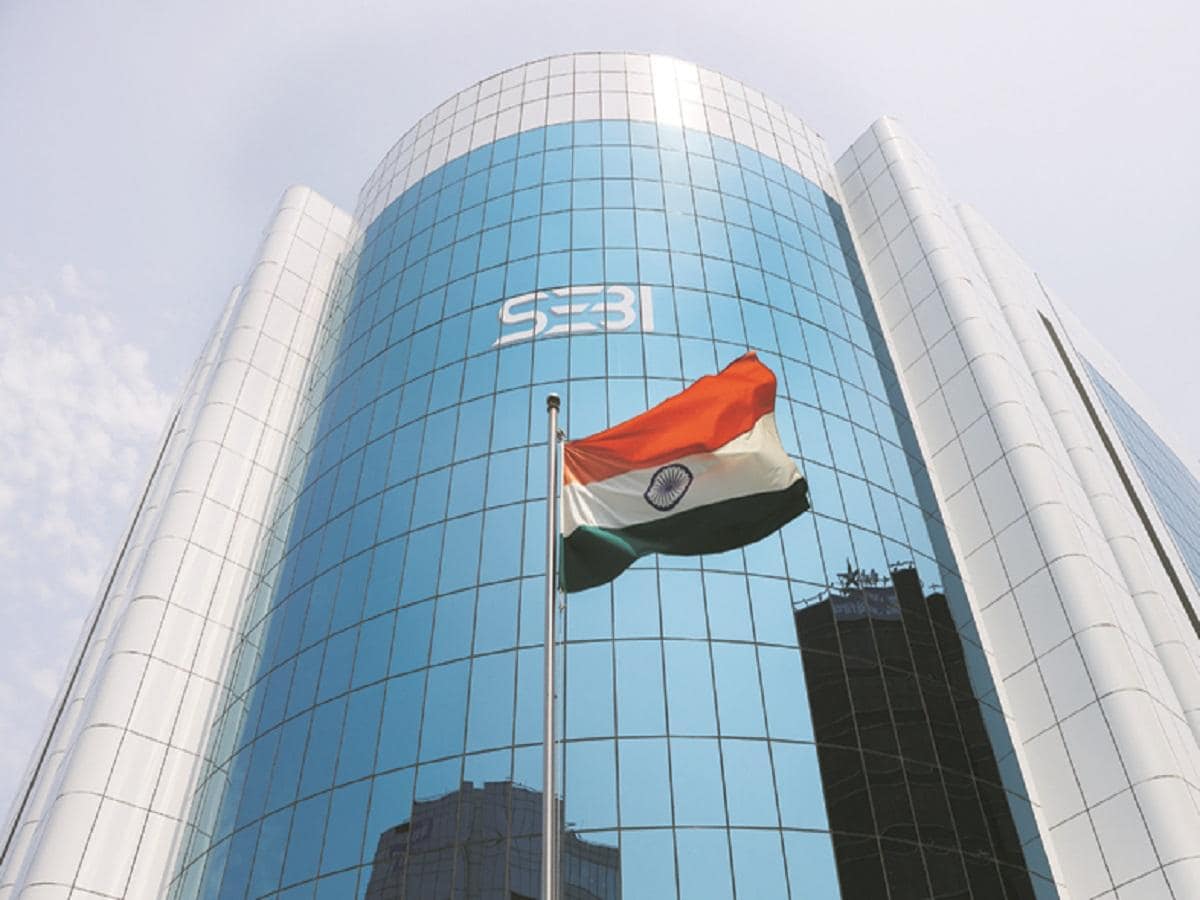Shares of HDFC Bank and HDFC Ltd crashed close to 6 per cent each on Friday — their biggest single-day fall since May 2020 — after global index provider MSCI announced that their merged entity would get included in its indices with a ‘limited investability factor (LIF)’ of 50 per cent, instead of market expectations of 74 per cent. In simple terms, the merged entity will have a far lower weighting in the MSCI India index than expected.
The heavy sell-off in the HDFC twins dragged down the markets, with the Sensex and the Nifty falling more than 1 per cent each.
Analysts were forecasting fresh inflows of up to Rs 25,000 crore ($3 billion) into the proposed entity at an LIF of 74 per cent from exchange-traded funds (ETFs) tracking the MSCI index. However, with an LIF of 50 per cent, passive trackers will have to sell HDFC Bank shares worth close to Rs 2,000 crore.
Sriram Velayudhan, vice president, IIFL Securities, said in a note: “The addition of HDFC Bank in the MSCI India index with a weighting of 12 per cent would have translated into inflows of $3 billion. However, applying an adjustment factor of 50 per cent would mean that HDFC Bank gets added with weighting similar to HDFC (6.7 per cent) in the index.”
He said a lot of long positions, created in the derivatives segment in HDFC and HDFC Bank in anticipation of buying due to MSCI inclusion, got unwound. Shares of HDFC Bank fell 5.9 per cent to close at Rs 1,625 apiece on the BSE, while HDFC finished 5.6 per cent lower at Rs 2,701.
Abhilash Pagaria, head of Nuvama Alternative & Quantitative Research, said the MSCI announcement meant no incremental inflows into the merged entity as the market had been expecting, but on the contrary slight outflows of between $150 million and $200 million.
Currently, HDFC Bank is not part of any of the MSCI indices due to less investment legroom for foreign portfolio investors (FPIs). However, HDFC is part of the MSCI India index due to sufficient FPI investment legroom.
The foreign shareholding in the merged entity, according to the current shareholding pattern, stood at 18.04 per cent at the end of March. This paves the way for the (merged entity) stock’s entry into the MSCI index.
“With the foreign room at 18 per cent as of end-March, the LIF will only increase to 100 per cent once foreign room crosses 25 per cent. That could be some time away. We expect passive MSCI selling of around 13 million shares of HDFC Bank at the time of merger completion,” said analysts Brian Freitas of Periscope Analytics, who publishes on Smartkarma.
In the run-up to the merger between HDFC Bank and HDFC, the Street was keenly tracking the FPI shareholding pattern and MSCI announcements, given its large implications from the ETF flow point of view.
Suresh Ganapathy, head of financial services research at Macquarie Capital, said with MSCI making a formal announcement, the focus would now shift to the fundamentals of the financial behemoths.
In April, the Reserve Bank of India (RBI) provided some forbearances and clarifications sought by the HDFC group pertaining to the merger. With most regulatory approvals in place, the merger is now expected to get completed over the next few months.
In November 2022, MSCI had tweaked the treatment it applies in case of a stock’s merger and acquisition. The move had led to a 5 per cent rally in both the HDFC twins on optimism that their amalgamation would attract higher capital flows. Interestingly, both the stocks are again back to levels seen just after MSCI’s November announcement.
Note:- (Not all news on the site expresses the point of view of the site, but we transmit this news automatically and translate it through programmatic technology on the site and not from a human editor. The content is auto-generated from a syndicated feed.))




